More vessels for Titanic search
In an increasingly urgent search and rescue mission, rescuers have brought in more ships and vessels to the area where a submersible disappeared on its way to the Titanic wreckage site. Over the course of two days, underwater sounds have been detected, giving rescuers hope of narrowing the search in an area twice the size of Connecticut and in water that is 2.5 miles deep. The submersible carried five passengers, including the CEO of the company leading the expedition, a British adventurer, two members of a Pakistani business family, and a Titanic expert. Since the vessel disappeared on Sunday, there has been an ongoing search and hope of rescuing any passengers still alive on the vessel.
Search and Rescue Mission
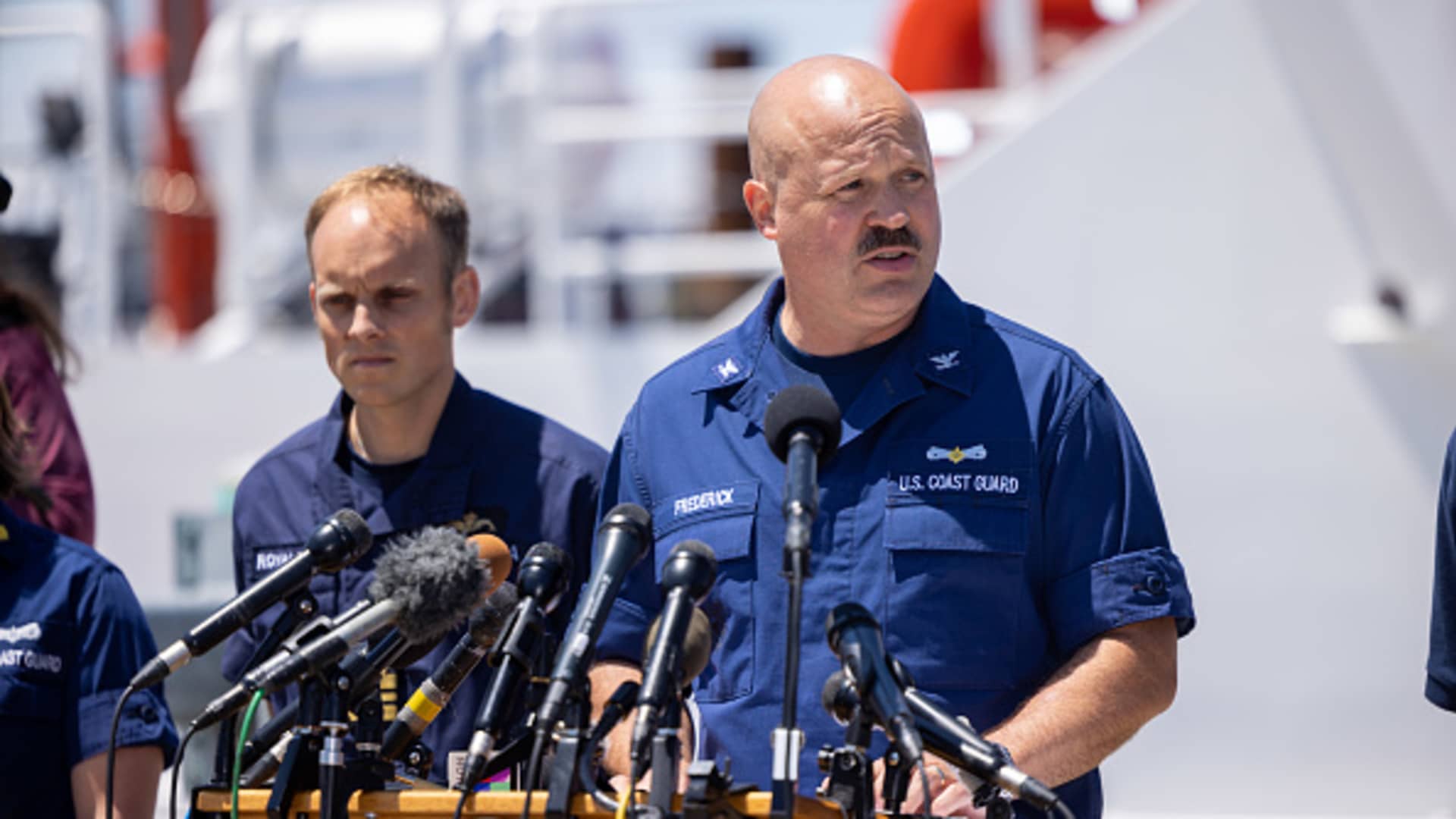
The search operation, consisting of various rescue teams and ships, remains a race against time. Captain Jamie Frederick, of the First Coast Guard District, has expressed optimism but remains cautious about many of the obstacles that remain to be surmounted.
Extremely Challenging Environment
The North Atlantic, where the Titanic and the missing submersible are located, is a particularly difficult environment to conduct a search-and-rescue mission. The area is prone to fog and stormy weather conditions, making the search even more challenging.
Lost Submersible
The lost submersible could be as deep as about 12,500 feet (3,800 meters) below the surface near the Titanic site.
Allegations of Significant Warnings
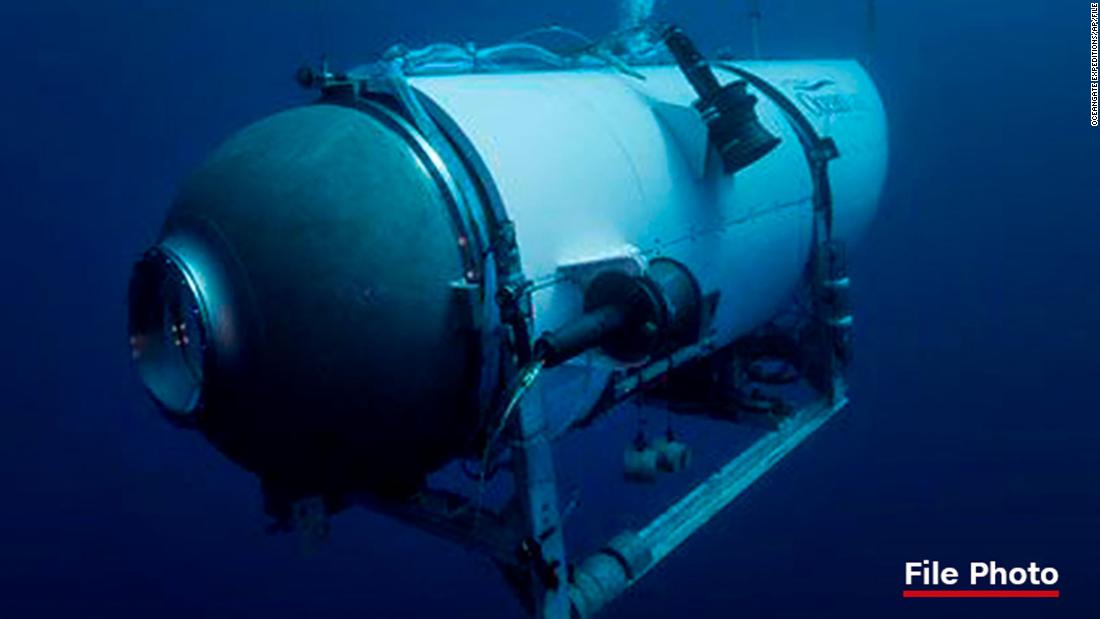
Newly uncovered allegations suggest there had been significant warnings made about vessel safety during the submersible’s development.
Banging Noises Detected
Rescuers are encouraged by sounds detected, which they hope might help lead them to the missing submersible. The sounds that have been detected are described as “banging noises.”
U.S. Navy Sending Specialized Salvage System
The U.S. Navy has stated that it is sending in a specialized salvage system that is capable of lifting up to 60,000 pounds to aid in the rescue operation.
Passenger Oxygen Supplies Running Low
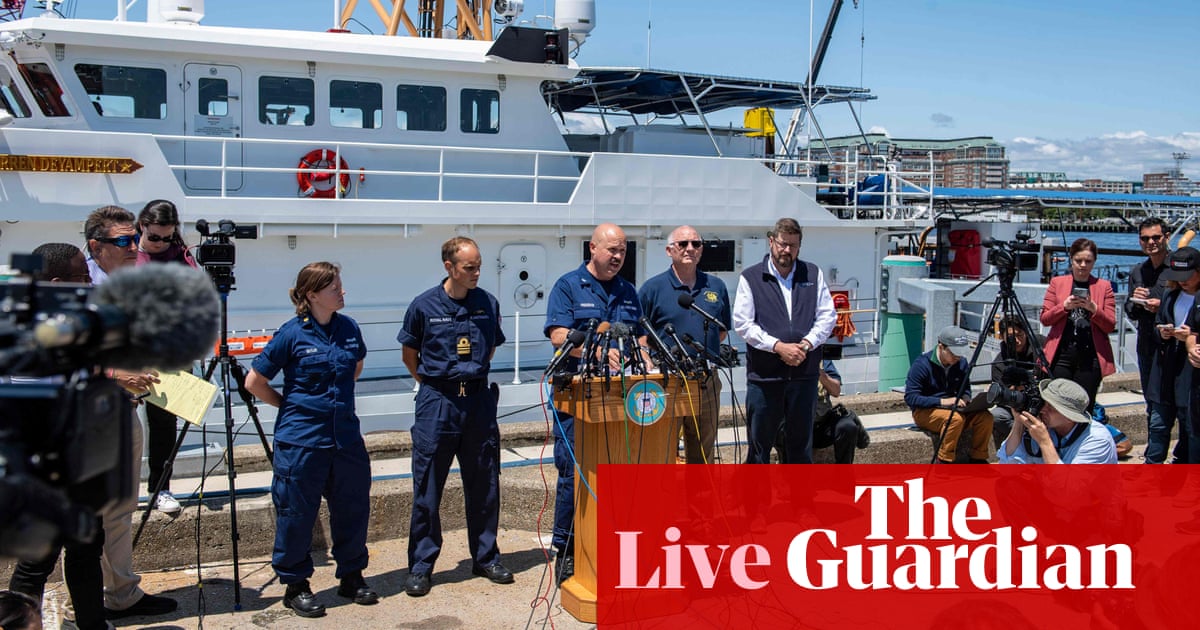
The longer the search takes, the more dangerous it becomes for the passengers on the submersible. Oxygen supplies may run out as early as Thursday morning, an ominous deadline for those carrying out the search.
Submarine Teams Trained to Bounce Sound Waves
Submarine crews not able to communicate with the surface are trained to bang on their vessel’s hull to create sounds that can be detected by sonar. This has remained a beacon of hope for rescuers and those looking for passengers on the missing submersible vessel.
Backup Systems to the Surface
According to letters from OceanGate, the submersible responsible for the expedition had seven backup systems in place to return to the surface, providing hope that a rescue operation may succeed.
Conclusion
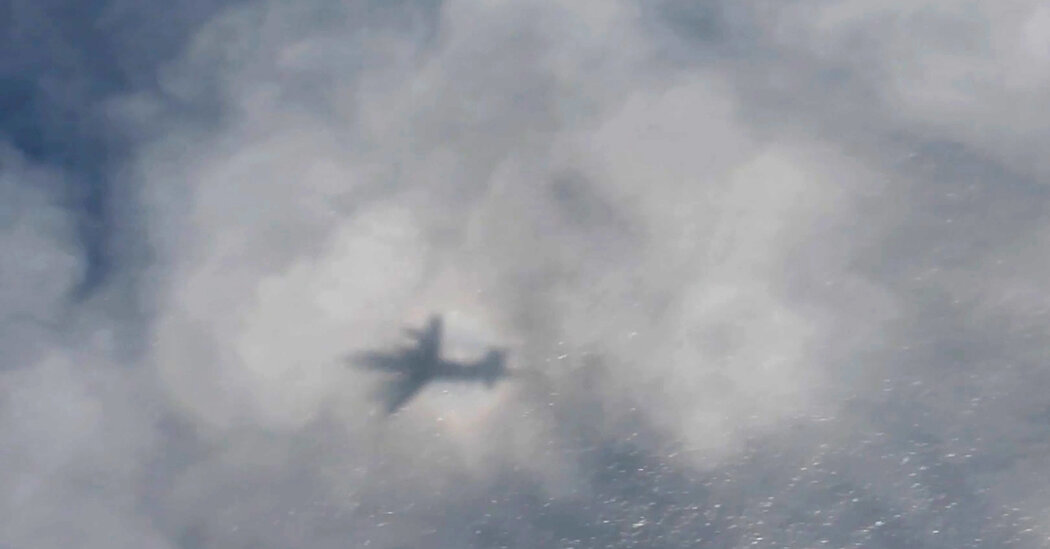
As the search continues, rescue teams must deal with an array of obstacles and challenges. Hope remains for those on the missing submersible, but Captain Frederick and his team remain cautious. With more vessels and the specialized salvage system on its way, the search could take on new importance.
FAQ
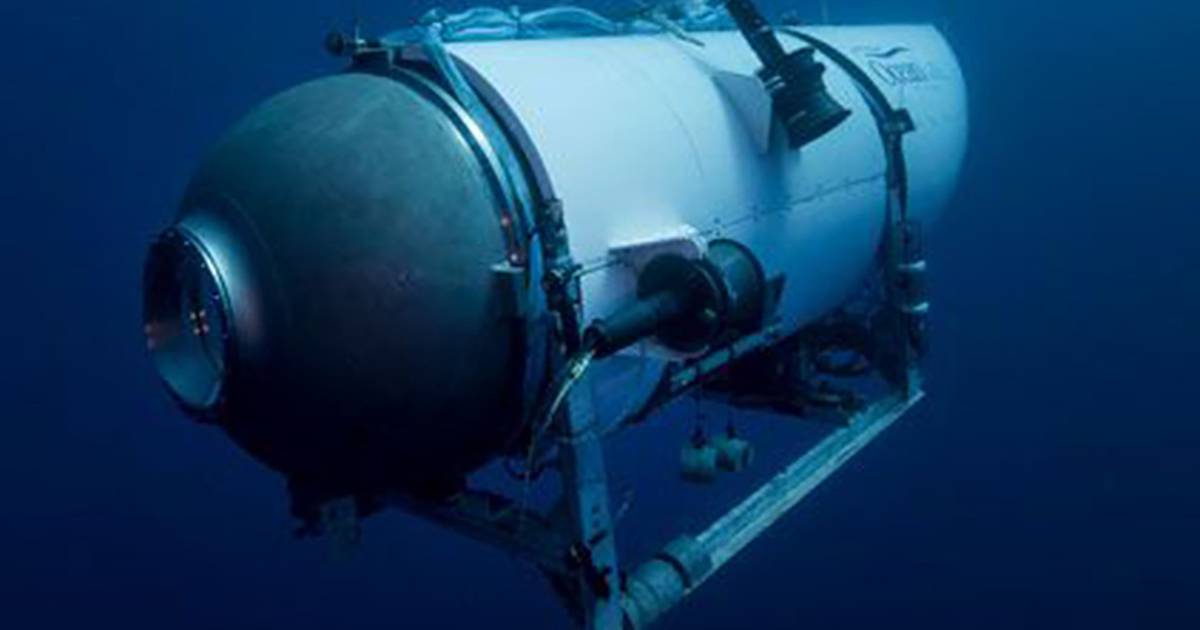
1. Can the submersible be found by sound signals?
If a search team has its sonar systems operating, it is possible to locate the vessel by the sounds it emits by banging against the hull.
2. What is the estimated survival rate of the passengers on the missing submersible?
The longer the search takes, the more dire the situation is for those on board. Estimates put oxygen supply running out as early as Thursday morning.
3. What is the largest challenge for the search and rescue team?
The size of the search operation, the depth of the area they are searching, and the weather conditions all make the search-and-rescue mission extremely challenging.
4. Has the search operation been aided by technology?
The search operation has been aided by sonar and other advanced technologies, which have helped to detect underwater sounds and the potential location of the vessel.
5. What do experts say about the chances of rescuing passengers on the missing submersible?
Experts agree that there is hope for rescuing passengers on the missing submersible, but they are also quick to caution that obstacles remain and time is running out.

